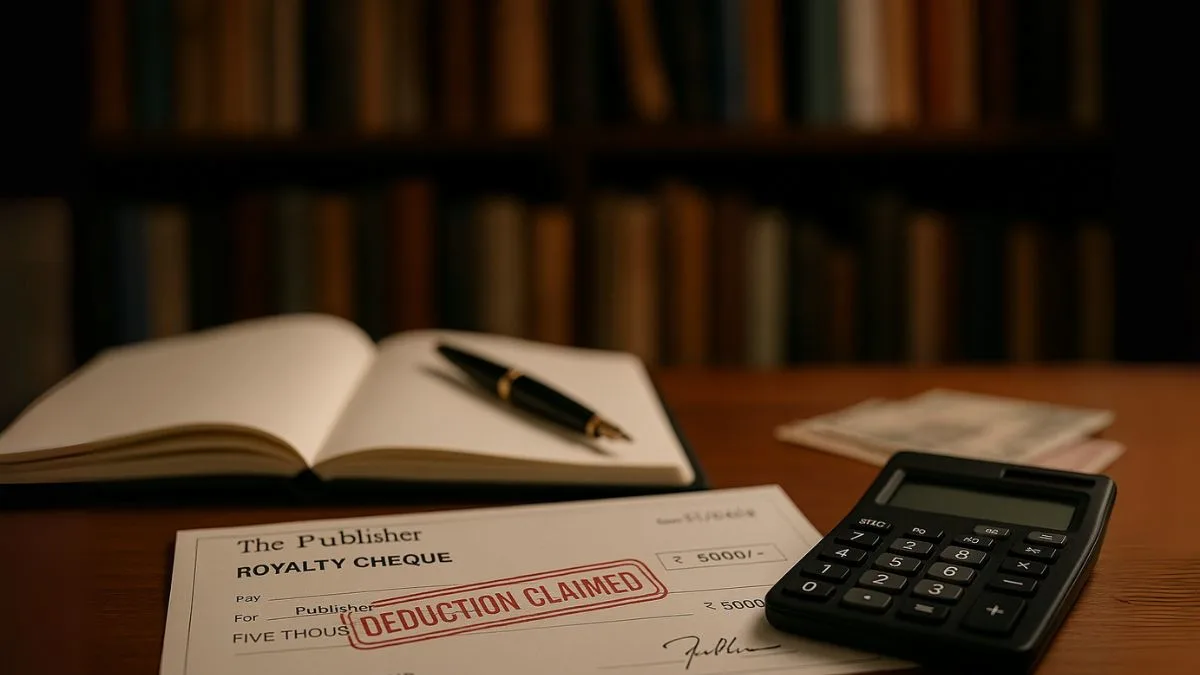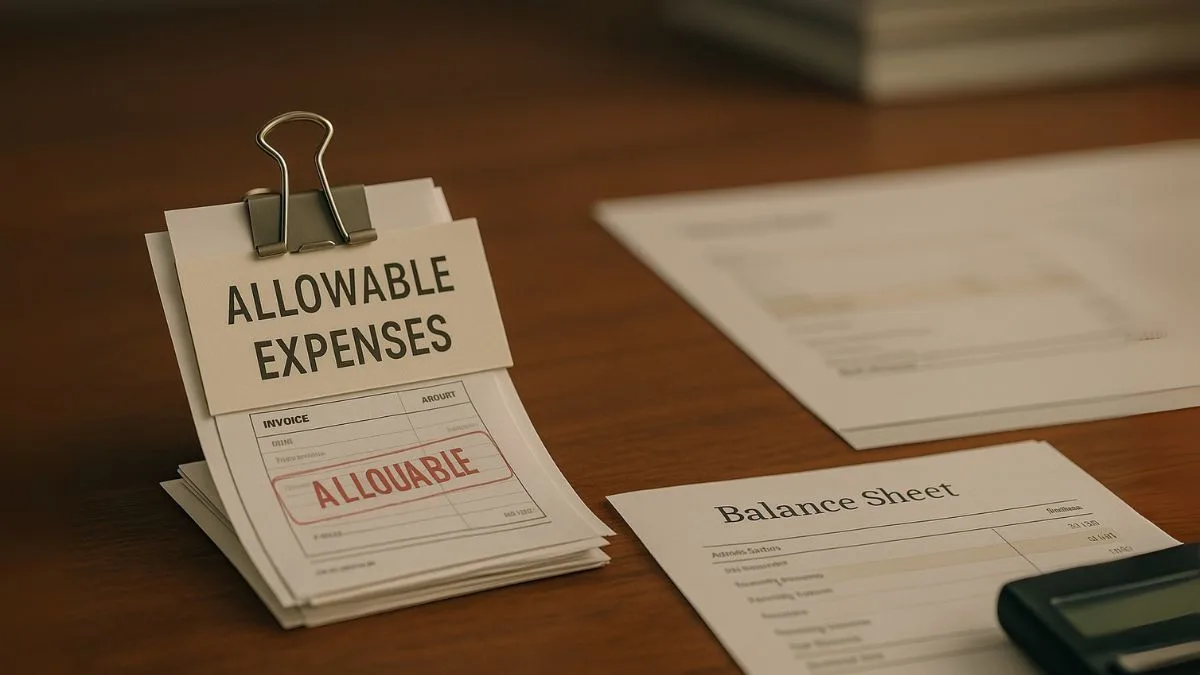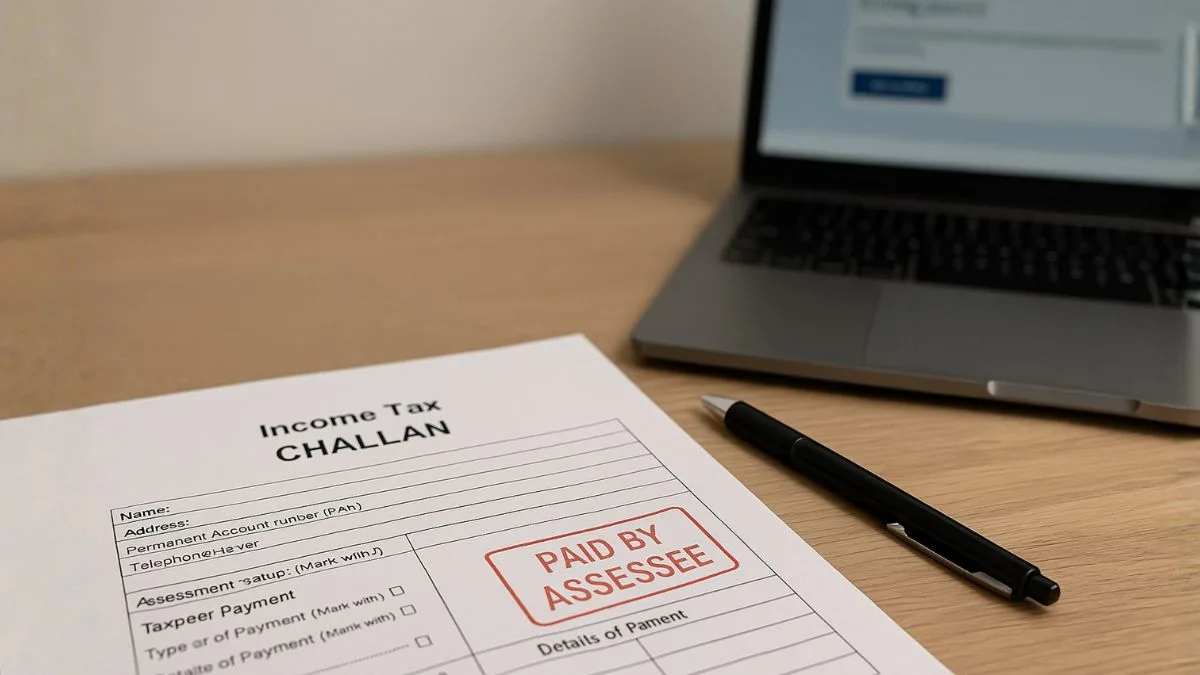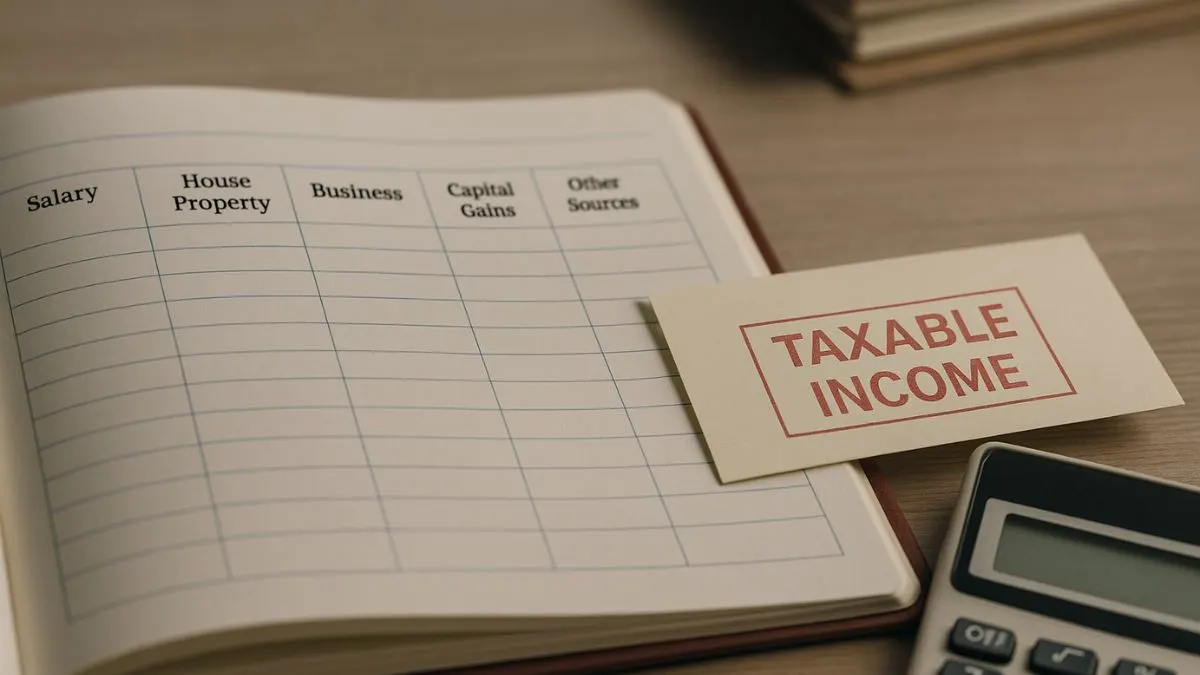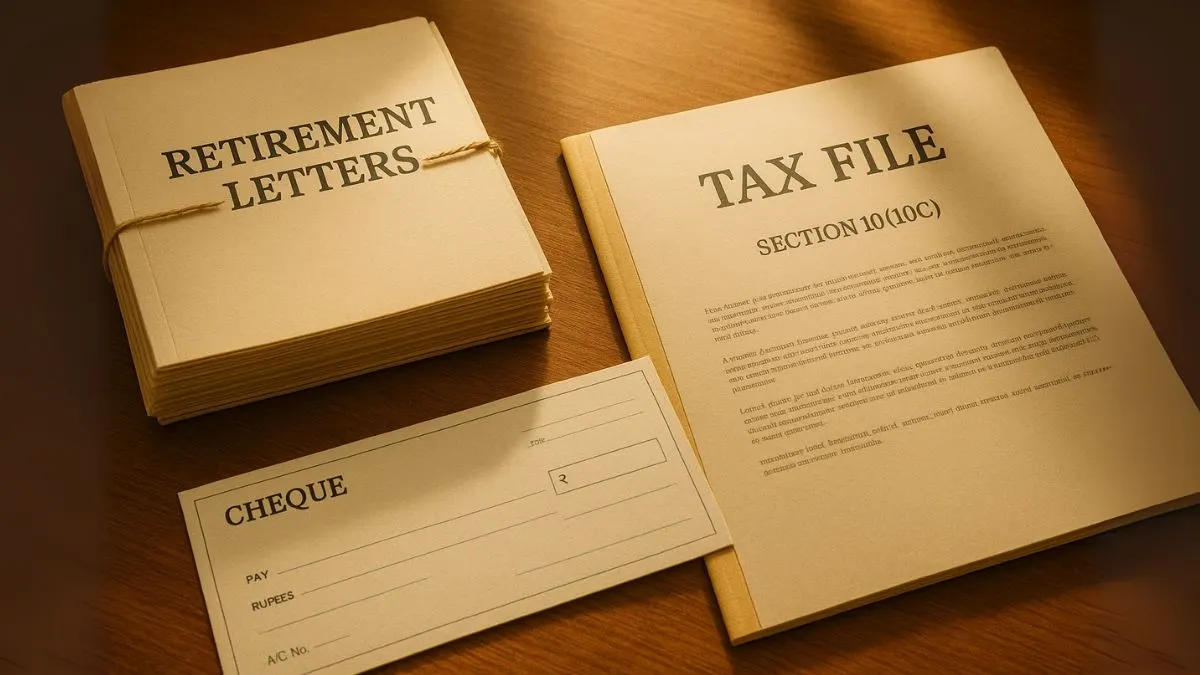
When employees decide to step away from their jobs before the traditional retirement age, it is often not a light decision. Many do so under Voluntary Retirement Schemes (VRS) offered by their employers. But did you know that the Income Tax Act, 1961, provides significant tax relief on the compensation received during such voluntary retirement? This relief comes under Section 10(10C) of the Income Tax Act, which offers a special exemption for eligible employees.
This section is particularly important for employees of certain industrial undertakings, including those in the North-Eastern Region, public sector companies, & specified institutions. It ensures that the financial burden of taxes on voluntary retirement compensation is reduced, helping individuals transition smoothly into the next phase of life.
What is Section 10(10C) of Income Tax Act?
Section 10(10C) of the Income Tax Act deals with the exemption of compensation received at the time of voluntary retirement. The provision is designed to encourage employees, especially in cases of company restructuring or downsizing, to opt for voluntary retirement without the fear of heavy tax liability.
In simple terms, it allows a portion of the retirement compensation to be completely tax-free, provided the employee meets the eligibility criteria specified in the law."
The Maximum Amount of Exemption
One of the key benefits of Section 10(10C) is that the maximum amount of exemption of compensation received at the time of voluntary retirement is ₹5,00,000. This means that if your VRS package includes compensation up to ₹5 lakh, you do not have to pay any tax on that portion, subject to conditions laid down in the section.
This exemption is available only once in a lifetime for an employee. If you have already claimed the exemption under this section earlier, you cannot claim it again for another voluntary retirement or termination package.
Applicability of Section 10(10C)
This section applies to employees who are:
- Working in a public sector company
- Employees of any other company
- Authorities established under a Central, State, or Provincial Act
- Local authorities
- Co-operative societies
- Universities or educational institutions affiliated with universities
- Indian Institutes of Technology (IITs) or specified institutes
- Central or State Government employees (excluding employees of Defence Services)
Also Read: Tax Relief for Foreign Retirement Accounts
Special Provision in Respect of Certain Industrial Undertakings in North-Eastern Region
Section 10(10C) also contains a special provision in respect of certain industrial undertakings in the North-Eastern Region. Due to the unique geographical, economic, and operational challenges in the North-East, the government has extended specific relaxations & incentives to industrial units operating there. Employees working in these undertakings may also benefit from the exemption on voluntary retirement compensation, ensuring that developmental goals in these areas align with workforce stability.
Conditions for Claiming Exemption under Section 10(10C)
To avail the exemption under this section, the voluntary retirement scheme must comply with Rule 2BA of the Income Tax Rules, which includes:
- Applicability – The scheme should apply to all employees (except directors) who have completed 10 years of service or are at least 40 years old.
- Purpose – The aim should be to reduce the overall existing strength of employees.
- Vacancy Restriction – The vacancy created by voluntary retirement should not be filled up.
- No Re-Employment – The retiring employee should not be employed in another company belonging to the same management.
- Payment Calculation – Compensation should not exceed the prescribed limit, generally calculated as:
- Three months’ salary for each completed year of service, or
- Salary at the time of retirement multiplied by the remaining months before superannuation, whichever is lower."
Section 10(10C) with Example
Let’s understand with a simple example.
Example:
Mr. Arun, aged 50, has been working with a PSU for 25 years. Due to restructuring, the company offers a VRS package of ₹8,00,000. As per the rules:
- He can claim an exemption of up to ₹5,00,000 under Section 10(10C).
- The remaining ₹3,00,000 will be taxable as per applicable income tax slabs.
This example shows how the section reduces the tax burden, making voluntary retirement financially more viable.
Also Read: Section 8 of Income Tax Act – The Clause That Defines Your Income Sources
Tax Treatment of Compensation under Section 10(10C)
- The exempted amount under Section 10(10C) is not included in the total taxable income.
- However, if any amount exceeds ₹5 lakh, it will be taxable in the year of receipt.
- This exemption is separate from retirement benefits like gratuity, provident fund, or leave encashment, which may have their own tax provisions.
Interaction with Section 89(1) Relief
If the compensation amount is taxable (in part or whole), you may also explore relief under Section 89(1) of the Income Tax Act. This section helps reduce tax liability by spreading the income over previous years, thus reducing the overall tax rate impact.
Important Points to Remember
- One-time benefit: Can be claimed only once in a lifetime.
- Not available for Directors: Scheme must be for employees only.
- Rule 2BA compliance: Without compliance, the exemption will not be granted.
- Special region benefit: Industrial undertakings in North-Eastern Region have additional provisions.
- Combination with other exemptions: Cannot be claimed together with relief under Section 89(1) for the same amount.
Why Section 10(10C) Matters
In today’s dynamic corporate environment, mergers, acquisitions, and technological shifts often lead to workforce restructuring. For employees, deciding to take VRS can be an emotional and financial challenge. By offering tax exemptions, Section 10(10C) ensures that employees can make this transition without a heavy tax blow, & employers can achieve operational efficiency.
Also Read: Tax Relief on Arrears and Advance Salary
Frequently Asked Questions
Q1: Is the exemption under Section 10(10C) available to private company employees?
Yes, if the voluntary retirement scheme is in accordance with Rule 2BA and the company is covered under the eligibility criteria.
Q2: Can I claim this exemption multiple times?
No, it is a once-in-a-lifetime benefit.
Q3: Is the exemption available for resignation?
No, it is available only for retirement under an approved VRS.
Q4: Does it apply to Defence personnel?
No, employees of the Defence Services are excluded.
Q5: Can I claim Section 89(1) relief along with Section 10(10C)?
No, for the same amount, you can claim only one benefit.
💡 Want to ensure you claim every exemption you’re entitled to?
Visit Callmyca.com to connect with our experts & get your taxes filed flawlessly.





